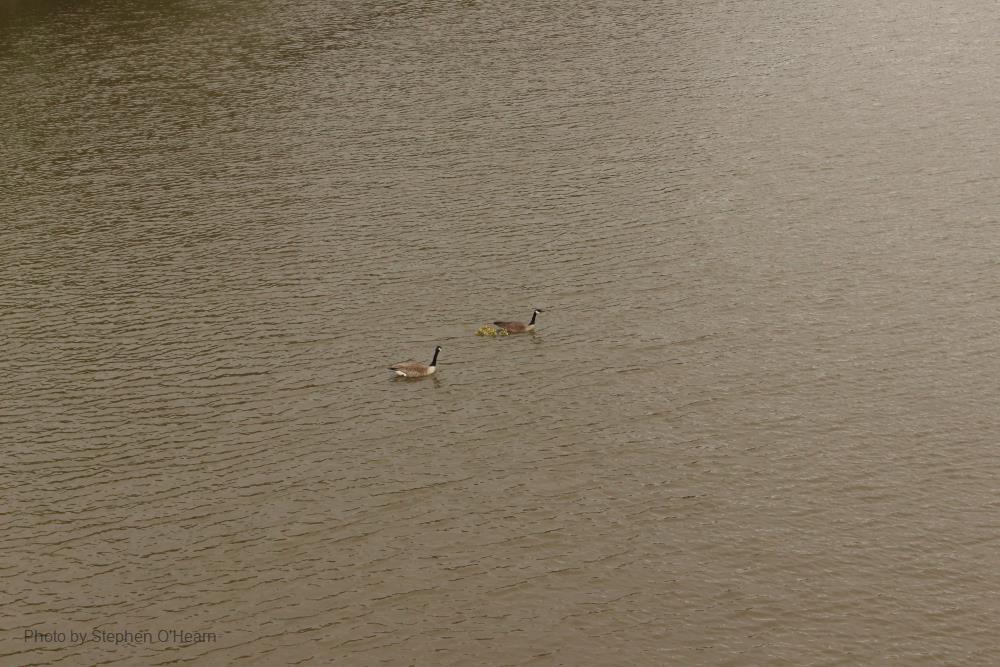
Related items loading ...
Section 1: Publication
Publication Type
Journal Article
Authorship
Oehri, Jacqueline, Schaepman-Strub, Gabriela, Kim, Jin-Soo, Grysko, Raleigh, Kropp, Heather, Grünberg, Inge, Zemlianskii, Vitalii, Sonnentag, Oliver, Euskirchen, Eugénie S., Chacko, Merin Reji, Muscari, Giovanni, Blanken, Peter D., Dean, Joshua F., Sarra, Alcide di, Harding, Richard J., Sobota, Ireneusz, Kutzbach, Lars, Plekhanova, Elena, Riihelä, Aku, Boike, Julia, Miller, Nathaniel B., Beringer, Jason, López-Blanco, Efrén, Stoy, Paul C., Sullivan, Ryan C., Kejna, Marek, Parmentier, Frans-Jan W., Gamon, John A., Mastepanov, Mikhail, Wille, Christian, Jackowicz-Korczynski, Marcin, Karger, Dirk N., Quinton, William L., Putkonen, Jaakko, As, Dirk van, Christensen, Torben R., Hakuba, Maria Z., Stone, Robert S., Metzger, Stefan, Vandecrux, Baptiste, Frost, Gerald V., Wild, Martin, Hansen, Birger, Meloni, Daniela, Domine, Florent, Beest, Mariska te, Sachs, Torsten, Kalhori, Aram, Rocha, Adrian V., Williamson, Scott N., Morris, Sara, Atchley, Adam L., Essery, Richard, Runkle, Benjamin R.K., Holl, David, Riihimaki, Laura D., Iwata, Hiroki, Schuur, Edward A.G., Cox, Christopher J., Grachev, Andrey A., McFadden, Joseph P., Fausto, Robert S., Göckede, Mathias, Ueyama, Masahito, Pirk, Norbert, Boer, Gijs de, Bret-Harte, M.Syndonia, Leppäranta, Matti, Steffen, Konrad, Friborg, Thomas, Ohmura, Atsumu, Edgar, Colin W., Olofsson, Johan, Chambers, Scott D.
Title
Vegetation type is an important predictor of the arctic summer land surface energy budget
Year
2022
Publication Outlet
Nature Communications, 13, 6379
DOI
ISBN
ISSN
Citation
Oehri, Jacqueline, Schaepman-Strub, Gabriela, Kim, Jin-Soo, Grysko, Raleigh, Kropp, Heather, Grünberg, Inge, Zemlianskii, Vitalii, Sonnentag, Oliver, Euskirchen, Eugénie S., Chacko, Merin Reji, Muscari, Giovanni, Blanken, Peter D., Dean, Joshua F., Sarra, Alcide di, Harding, Richard J., Sobota, Ireneusz, Kutzbach, Lars, Plekhanova, Elena, Riihelä, Aku, Boike, Julia, Miller, Nathaniel B., Beringer, Jason, López-Blanco, Efrén, Stoy, Paul C., Sullivan, Ryan C., Kejna, Marek, Parmentier, Frans-Jan W., Gamon, John A., Mastepanov, Mikhail, Wille, Christian, Jackowicz-Korczynski, Marcin, Karger, Dirk N., Quinton, William L., Putkonen, Jaakko, As, Dirk van, Christensen, Torben R., Hakuba, Maria Z., Stone, Robert S., Metzger, Stefan, Vandecrux, Baptiste, Frost, Gerald V., Wild, Martin, Hansen, Birger, Meloni, Daniela, Domine, Florent, Beest, Mariska te, Sachs, Torsten, Kalhori, Aram, Rocha, Adrian V., Williamson, Scott N., Morris, Sara, Atchley, Adam L., Essery, Richard, Runkle, Benjamin R.K., Holl, David, Riihimaki, Laura D., Iwata, Hiroki, Schuur, Edward A.G., Cox, Christopher J., Grachev, Andrey A., McFadden, Joseph P., Fausto, Robert S., Göckede, Mathias, Ueyama, Masahito, Pirk, Norbert, Boer, Gijs de, Bret-Harte, M.Syndonia, Leppäranta, Matti, Steffen, Konrad, Friborg, Thomas, Ohmura, Atsumu, Edgar, Colin W., Olofsson, Johan, Chambers, Scott D. (2022) Vegetation type is an important predictor of the arctic summer land surface energy budget. Nature Communications, 13, 6379.
https://doi.org/10.1038/s41467-022-34049-3">
https://doi.org/10.1038/s41467-022-34049-3 https://doi.org/10.1038/s41467-022-34049-3">
https://doi.org/10.1038/s41467-022-34049-3 Data publication
https://doi.org/10.1594/PANGAEA.949792
Abstract
Despite the importance of high-latitude surface energy budgets (SEBs) for land-climate interactions in the rapidly changing Arctic, uncertainties in their prediction persist. Here, we harmonize SEB observations across a network of vegetated and glaciated sites at circumpolar scale (1994–2021). Our variance-partitioning analysis identifies vegetation type as an important predictor for SEB-components during Arctic summer (June-August), compared to other SEB-drivers including climate, latitude and permafrost characteristics. Differences among vegetation types can be of similar magnitude as between vegetation and glacier surfaces and are especially high for summer sensible and latent heat fluxes. The timing of SEB-flux summer-regimes (when daily mean values exceed 0 Wm?2) relative to snow-free and -onset dates varies substantially depending on vegetation type, implying vegetation controls on snow-cover and SEB-flux seasonality. Our results indicate complex shifts in surface energy fluxes with land-cover transitions and a lengthening summer season, and highlight the potential for improving future Earth system models via a refined representation of Arctic vegetation types
Plain Language Summary


 GWFNet
GWFNet Master
Master Research
Research Map
Map
 Advanced
Advanced . . .
. . .

 Metadata Editor
Metadata Editor
 Record List
Record List
 Alias List Editor
Alias List Editor
 Legacy sites
Legacy sites